When a classmate challenged Blessed Frédéric Ozanam to put his faith into action in 1833, he took it to heart. Today his legacy lives on through this organization.
It probably started when a mother noticed that her not-so-little boy’s ankles were showing. She sighed; all his clothes seemed to be perpetually shrinking. She gathered the outgrown trousers along with a few other items and dropped them off at the local St. Vincent de Paul conference. It was a tiny donation forgotten as soon as she was home, but more than 60 years later, that gift is still remembered by the recipient.
“I remember walking to this little building that St. Vincent de Paul had in Elkhart, Indiana, and getting clothes to go to school,” recalls Ed Dolan, now 73.
He was 10 or 11 at the time, and his family had hit a rough patch. His dad, the breadwinner, had lost his job. With no income, the family turned to St. Vincent de Paul, which supplied Ed with those donated pants and other outfits to get him through the school year. Ed believes that the volunteers also gave his family enough food to fill their cupboards.
“That little time period always stuck in my mind—that our family received help at one point . . . I never forgot,” he explains.
The impact of those secondhand trousers has since multiplied a hundredfold. Inspired by his childhood experience, Ed spends nearly every day volunteering at his hometown St. Vincent de Paul conference. His pickup truck, with a blue St. Vincent de Paul bumper sticker, circles the neighborhoods of Bloomington, Indiana, picking up furniture donations and distributing them to families in need.
To him, it’s the least he can do after the generosity of others saved his own family from dire straits. “I’m giving back what my family received so many years ago,” he says.
Faith in Action
This story of a small donation making a huge difference is repeated innumerable times. In this country alone, the Society of St. Vincent de Paul serves 4,400 communities. Lay volunteers, known as Vincentians, raise money and collect material goods to provide the necessities of life: food, clothing, emergency housing, financial assistance for rent and utilities, prescription medication, education, and help with transportation.
Though many conferences are known for running thrift shops, the organization exists entirely for charity. Any profits are given back to the poor of the community, and material assistance is given free of charge to those who cannot afford even the lowest prices.
The national society estimates that they gave away more than $1.2 billion in tangible and in-kind services in 2017. In Bloomington, Ed and his colleagues distributed over 4,800 pieces of furniture in a single year, all provided at no cost.
Every single one of those pieces, piled high into Ed’s truck before being unloaded and given away, could tell a story. More times than he can count, community members have recognized Ed’s blue St. Vincent de Paul shirt and stopped to thank him, describing how the society helped them out of a tough spot or provided a bed to sleep in after they got off the streets.
One grateful recipient posted a photo of her new chairs and table on the organization’s Facebook page, commenting that her space finally felt like home. Another grateful mother commented, “They have helped me and my children in so many ways!”
“People do realize that we’re not doing this just because it makes us feel good; it is also because it’s responding to a call,” Ed says. “I feel that as a person who professes to believe in Jesus Christ as the son of God, part of the profession of faith is putting my faith into action,” he adds, echoing a belief that goes back to the very founding of the society.
The Society of St. Vincent de Paul was begun by a single individual shortly after the French Revolution. Blessed Frédéric Ozanam, a Catholic student at the University of Paris, was challenged by a fellow student: “What do you do besides talk to prove the faith you claim is in you?”
Fr éd éric took that challenge to heart. Gathering a few friends, he founded what he called the “Conference of Charity” in May of 1833 and personally tended to the poor in the tenements of Paris. Before long, others joined the group and the society placed itself under the patronage of St. Vincent de Paul, a 17th-century saint known as the “Father of the Poor” because of his dedication to missions and serving those who are in need.
Almost as if to prove that the power of Jesus, the multiplier of loaves himself, was at work, Frédéric’s idea spread like wildfire. Before his death in 1853, conferences could be found throughout Europe. Today, Vincentians serve in 150 countries across five continents.
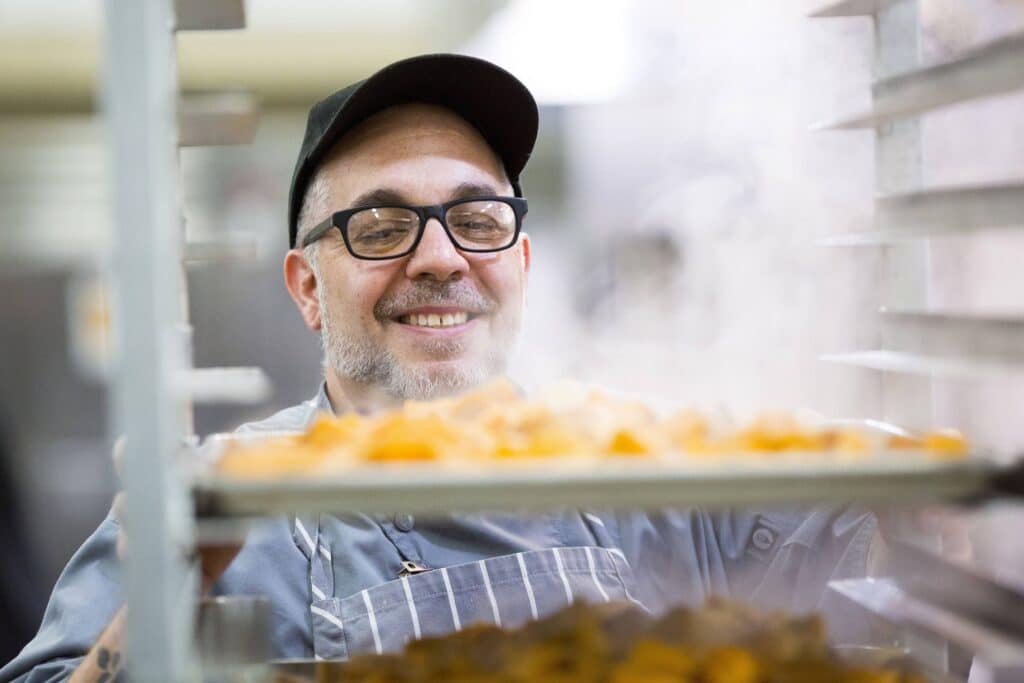
Loaves, Fishes, and Forklifts
Loaves, and especially nonperishable items, continue to multiply miraculously in the hands of the Vincentians.
Catholic families are as familiar with charity drives as they are with the creed. The request goes out, and the faithful gather up cans of corn, carrots, and peas from pantries and store shelves. Children lug bulging grocery sacks back to their school and get a sticker or extra credit as a reward. Adults drop the bags off at their home parish and hardly think of the canned goods again.
Most never know that, through the efforts of these dedicated volunteers, those items feed thousands. In Indianapolis, the St. Vincent de Paul Council hosts what they believe to be the largest food pantry in the Midwest, if not in the country. Traversing a sprawling warehouse, an army of volunteers empty the grocery sacks and sort the contents. Cans of peas are dropped into a pallet-sized box with the rest of the peas. Boxes of macaroni are stacked neatly on a freestanding shelf.
Forklifts transport the filled boxes to another room, where more Vincentians prepare balanced-diet boxes of food for their guests. During normal times, the Indianapolis group could expect to serve about 3,000 families each week. During the coronavirus pandemic, that number increased to 3,700 or more.
Before the pandemic, families would wind their way through the warehouse in aisles created by the huge boxes of food, selecting items and placing them into a grocery cart. When social distancing orders came in place, families would pile into cars instead and wait their turn in a long queue snaking through the St. Vincent de Paul parking lot. The line ends in a tent, where smiling volunteers lower boxes of food into the trunks of cars.
In all cases, however, one of the first faces that guests see is John Thomas. Usually he is dressed in a neon-yellow reflective jacket and is directing cars into the parking lot. John has been a security guard at St. Vincent de Paul since 2017, braving rain, snow, and ice to serve those seeking help.
“This is like a family. I go to them, or some come to me, if I have something going on in my life,” he says, describing the Vincentians he works with every week.
The first time John came to this building, however, he was seeking help himself. In the cold of January 2017, John was between jobs and needed food. For him, the canned goods stacked neatly into a box were more than nourishment; they were the lure that led him to a new life.
“I started turning things around,” John recalls. “I started telling people about the program because the program changed my life around.”
Breaking the Cycle
What John describes as “the program” is known in Indianapolis as Changing Lives Forever and is called Getting Ahead by other St. Vincent de Paul conferences across the country. Vincentians have learned that the goods donated by the community, such as clothing and canned foods, provide a powerful opportunity to meet those caught in a cycle of poverty. Instead of only providing a handout, they also provide a hand up and tell their clients about an educational, life-changing opportunity.
“I try to let people know about the Changing Lives program,” says John. “[As a security guard] I meet lots of different people, talk to them, encourage them—be a better advocate for yourself; turn your life around.”
Getting Ahead, or Changing Lives Forever, is a 16-week course offered for free by many St. Vincent de Paul conferences. Those who attend meet once a week to learn about the essential resources needed to live a more stable and prosperous life. They are asked to assess themselves and to plan how they can change their own situation. Attendees also receive information about community resources.
“They write a plan out, but it’s not a pie-in-the-sky plan. It’s a step-by-step, how do I get there,” explains Domoni Rouse, coordinator of the Changing Lives Forever program in Indianapolis. “If [they] want to go to school, they have to write all the steps to get there—what’s the financial part, what’s the childcare part, the transportation part, the study part?” she explains.
Like John, many of the graduates finally achieve stability, which means they no longer have to turn to a food pantry. They can give to others the assistance and the knowledge that they themselves have received.
“I saw one person in particular,” Domoni recalls, “having her first savings account, and she said, ‘What I learned in the session, I taught my daughter, and she got a savings account too.'”
One Body, Many Missions
Nationwide, it is hard to overstate the number of ways that Vincentians serve their brothers and sisters. In most of the 4,400 communities served by conferences, volunteers give out food, clothing, financial assistance, and educational resources. But the generosity does not end there.
In New York City, Vincentians visit the sick and imprisoned, regularly spending time at nursing homes and correctional facilities. Volunteers also bring dinner to families staying at the Ronald McDonald House while their children are in nearby hospitals undergoing treatment for serious illnesses.
The St. Vincent de Paul Society serving central and northern Arizona boasts its own medical and dental clinic, serving low-income families. The group also tends nearly an acre of farmland that supplies a community kitchen with fresh fruits and vegetables.
In the large metros of Los Angeles and Detroit, Vincentians provide disadvantaged kids an opportunity to experience the joy of nature. The councils in both of these cities host summer camps at low or no cost, with Detroit offering a special session for grieving children who have experienced the loss of a family member or friend.
Vincentians in Chicago take their thrift stores one step further, hosting a “Giving Store,” where those who are reentering society after incarceration can receive clothing, shoes, coats, and other items.
The St. Vincent de Paul councils of North Texas and Cincinnati both host pharmacies that dispense free prescription medication to those who cannot afford it, most often for chronic, treatable conditions such as heart disease and diabetes. Texas Vincentians estimate that in 2018, the group gave out nearly 1,000 prescriptions valued at about $150,000.
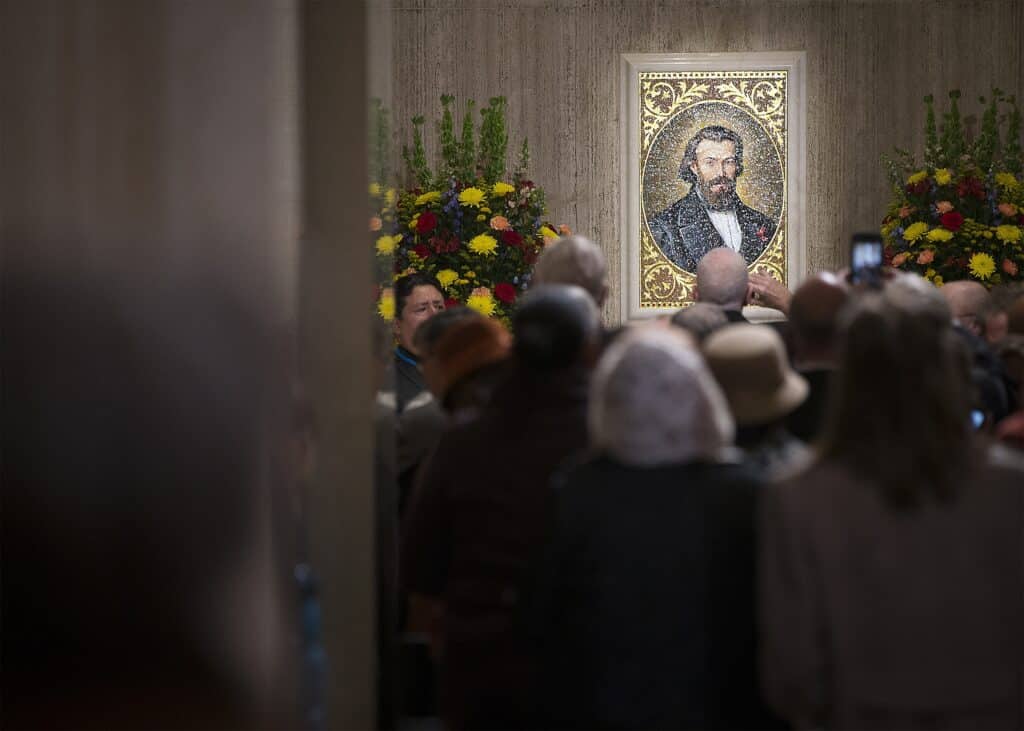
The Face of Christ
Most importantly, however, the free material goods, visits, outreach, and education sessions provide Vincentians the opportunity to achieve an even grander goal: building friendships. This is the key to their ministry, the breath of life that prevents clients from becoming numbers lost in a cold distribution system.
“We try to think of ourselves as not just paying a utility bill or helping with rent,” explains Deb Smith, the manager of conferences at the St. Vincent de Paul Council in Dayton, Ohio, “but really trying to see the face of Christ in those we serve and providing the opportunity for those we serve to see the face of Christ in us.”
Over the course of three years, Deb, and her colleagues at St. Vincent de Paul in Dayton, became as close as family to their client Chris.
Chris first came to the downtown St. Vincent de Paul pantry unemployed and in need of food. His career as a baker had been cut short by a severe car accident, which broke his back and neck, and the subsequent need for rotator cuff surgery. Insult was added to injury as he battled for disability and insurance coverage for surgical procedures and physical therapy.
He used to bake bread, donuts, cakes, and Danishes, but by the time he came to St. Vincent de Paul, Chris could barely move his right arm. “If it wasn’t for Deb, I probably would have given up. There were some times I would come into the Getting Ahead class, I’d be in tears almost. I’d be like, ‘I just can’t do this anymore,'” he recalls.
Deb and the volunteers didn’t give up, and Chris successfully finished the course. Even after he graduated from the Getting Ahead class, Deb kept in touch. They talked regularly on the phone, and volunteers sent cards on Chris’ birthday and holidays. Vincentians drove him to surgeries and stayed through the procedure to drive him home. They celebrated and gave baby supplies when he and his wife welcomed their firstborn son in 2018. They provided bus passes to get him to physical therapy and connected him with a clothing outreach that provided professional outfits as he started landing job interviews.
“The people are great; they will do anything for you,” Chris glows, speaking with St. Anthony Messenger while en route to a promising job interview. “I honestly don’t know what I would have done without them.”
‘The Least of These’
Hope. It’s the unseen gift handed to millions by the volunteers of St. Vincent de Paul. They, in turn, feel the need to share the hope that they have received. Some build resilient families. Others contribute meaningful work to their community. Still others offer their time as volunteers. So the gift continues on, creating larger ripples with each passing moment. Sometimes, it’s hard to believe that those waves began with a pebble.
For Chris and John, this journey to hope began with a bag of nonperishable items. For Ed, it started with clothing for school. For others, it was the mattress, the emergency rent payment, or the prescription medication. These small items, given in charity and passed through loving hands by a volunteer looking for the face of Christ, literally became the pivot point of a lifetime.
It is more than a slogan, more than a convenient metaphor to prompt charitable giving. The Vincentians prove day after day that pants and canned peas, not unlike the humble seed planted in good soil, bring about the kingdom of God on earth.
After all, Christ wore clothing too. And in his own words, “Whatever you did for one of these least brothers of mine, you did for me.”
To learn more about the Society of St. Vincent de Paul or to make a donation, visit svdpusa.org.


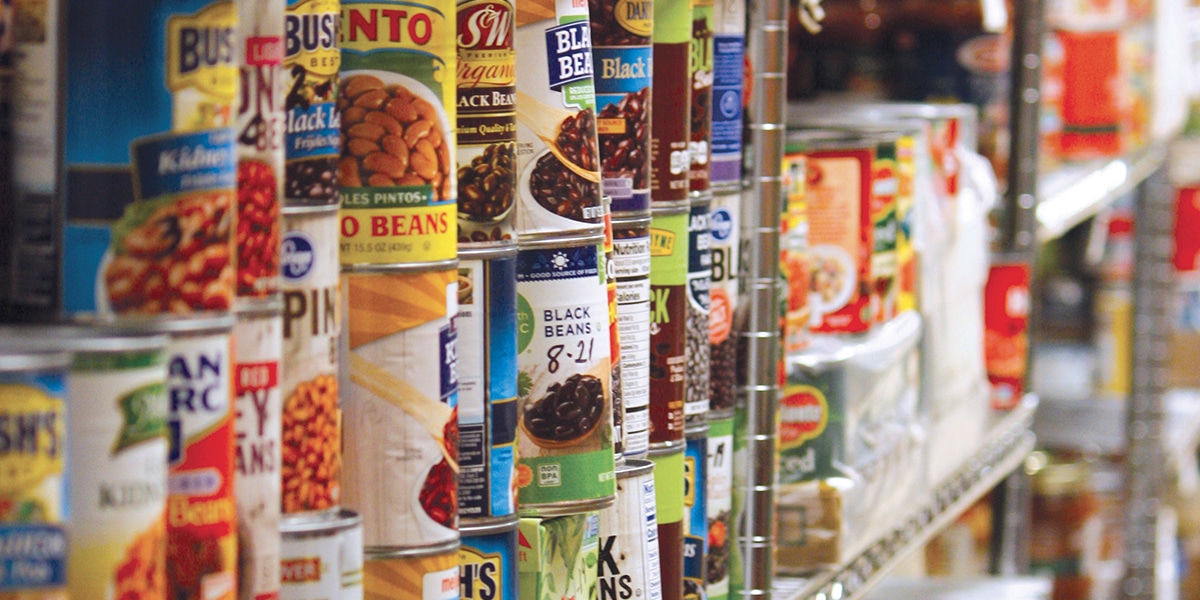

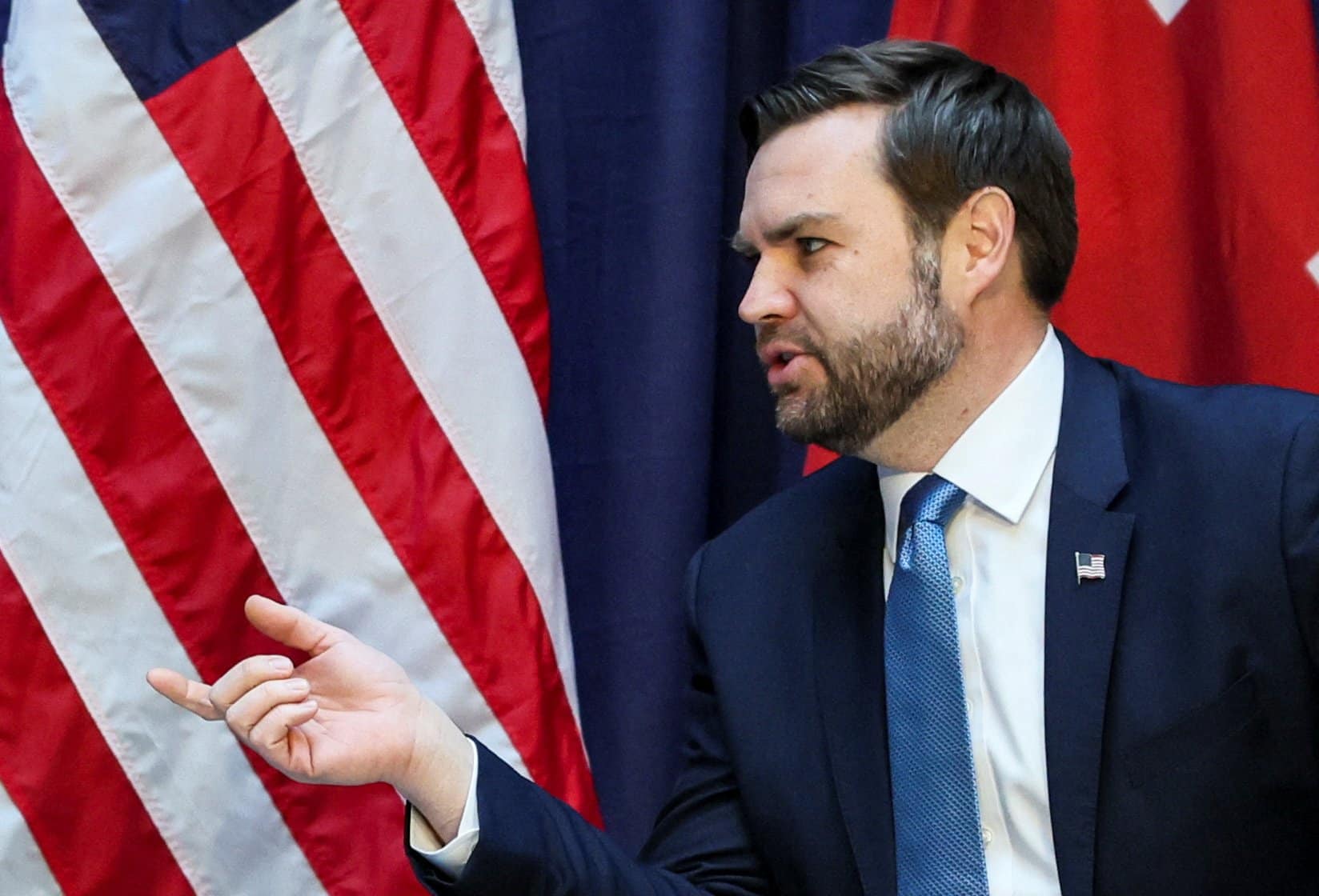
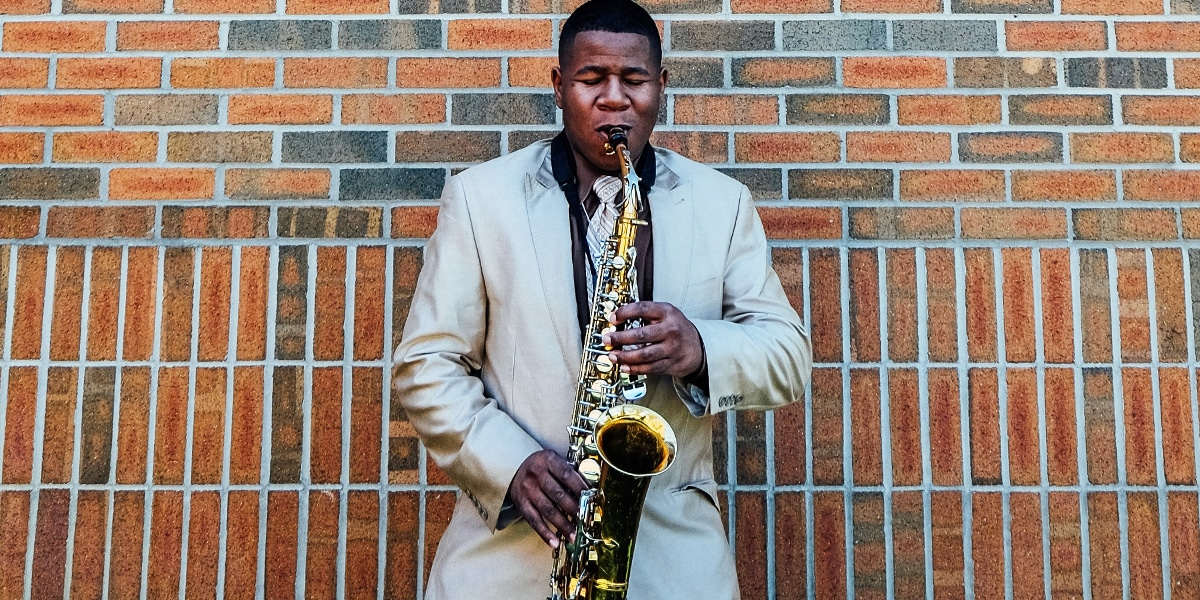
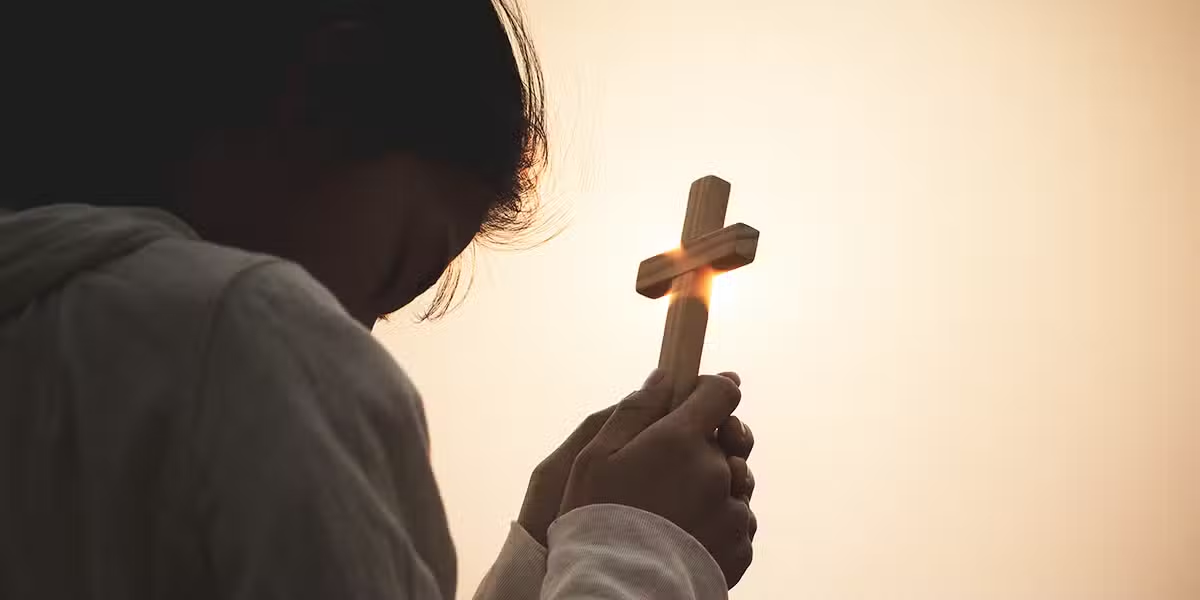
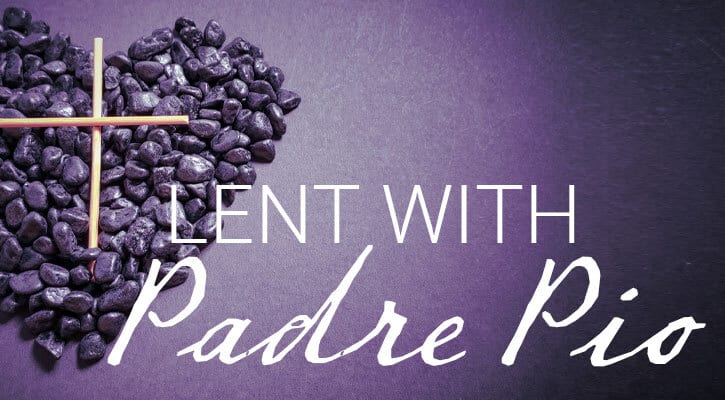
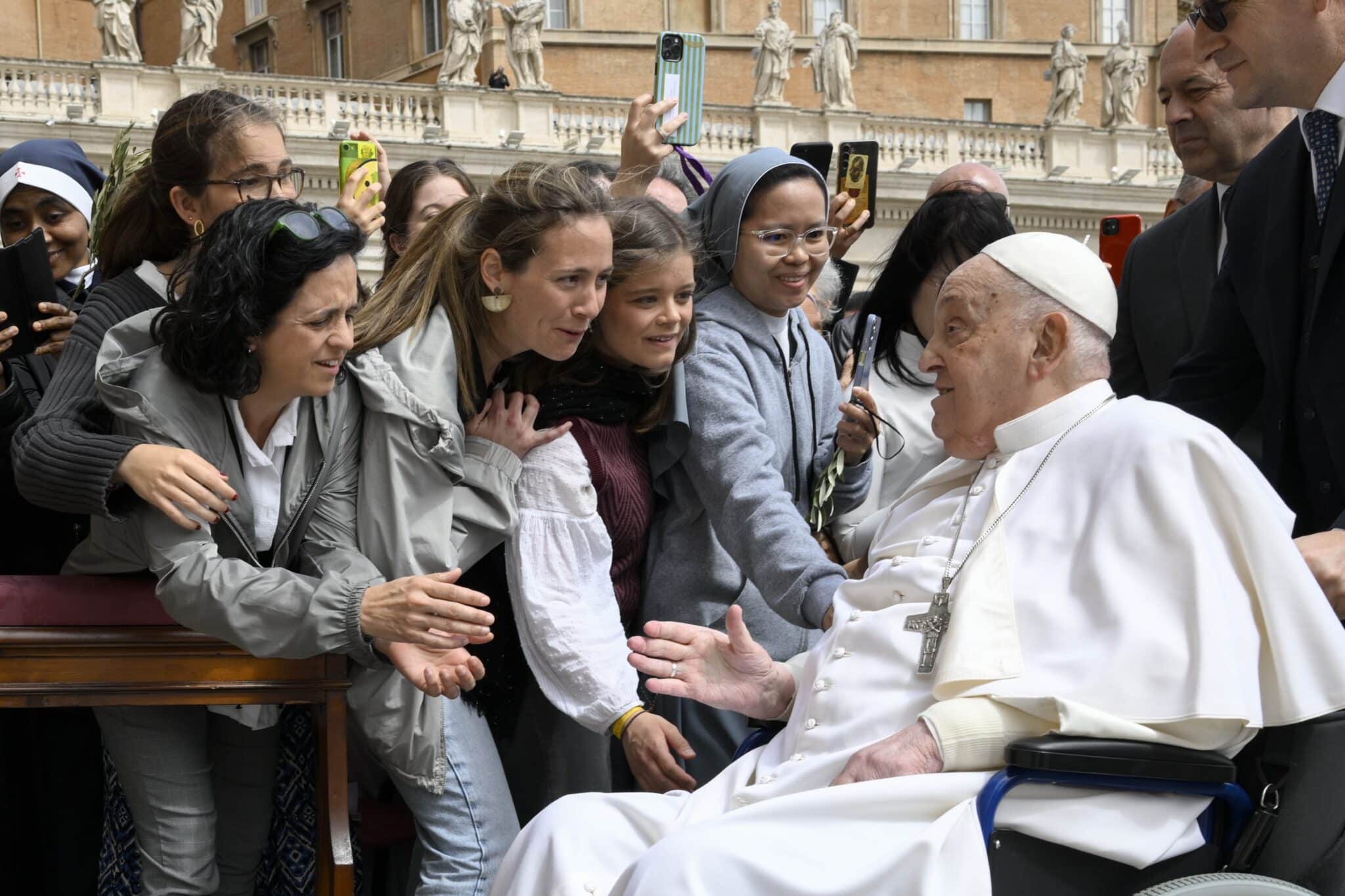
1 thought on “The Society of St. Vincent de Paul: Moving Mountains with Canned Goods”
There has been a St. Vincent de Paul Conference in almost every parish in the Archdiocese of St. Louis for a long time. My mother worked as a volunteer in the resale shop of our parish. We were 9 children and benefited often from the used clothes. Mom also made friends with a young immigrant family even getting godparents for her 3 children so they could be baptized. When she saw their poor living conditions she helped them to get into a better home.